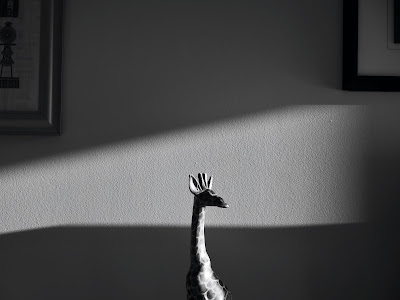Life is full of surprises and inconstancies and can be fulfilled with upside down funny stories. Because we think that life is a linear one direction progression, it is difficult to us to recognize when it happens that we are already at the pinnacle of a situation or a context and then, thereafter, we can only contemplate the apex of the past. Yes, we invest all we can to improve ourselves and our material condition, but the photographic right moment won’t necessarily repeat itself forever and it may never repeat, period!
In fact, you need more than learning, experiences, creativity, audace, photographic gear, special access credentials, to be able to registrar the magic moments of life, you need to be lucky. I know that some people don’t like to admit they have been lucky but the whole life is an unpredictable thing, and you need to be lucky that all every element of success will reunite for a specific fugitive instant.
This short episode of the 1974 World Cycling Championships in Montreal may have defined a good part of my upcoming living road at this very point of time. In September 1974, waiting the beginning of my first college year and following a good earning for my work summer, I finally bought my first single lens reflex camera (SLR), an Argus Covina STL 1000 combined with a Cosinon 50mm F1.7 standard lens and few accessories (lens hood, filter, shutter release cable, table tripod) not forgetting some 35mm black and white films (Ilford HP 4 - 400ASA). In brief, I was finally introduced to the “major league” of photographers (at least, it was my thinking of the moment).

A friend of mine had a sister that was living in an apartment in front of the start-finish line of the road competition of the World Cycling’s Championship in Montreal and it provided us a direct access to the entire site of competition without credentials (This was a time where security concerns were lower). So, all day of this final day of racing, we were running around the urban temporary circuit trying to illustrate the mood and the crowd excitement of the competition. Frankly, it was simply magic, and I hope that the few pictures that have survived the passage of time can still give you a glimpse of these moments.

Near the end of the race, I foolishly thought that it may be a good idea to get the picture of the winner crossing the finish line (good journalistic reflex, Daniel) and to position myself among the “pro” by earning my small place with some elbow fighting. After that, I pre-focused my 50mm Cosinon lens, set my shutter speed to 1/1000 sec, checked my exposure metering accordingly, and anticipated without really seeing Eddie Merckx coming into his final sprint and shuttered blindly my Argus/Cosina. Listening to the sound of the crowd gradually elevating may have been the key to this successful picture. It was electric like the moment we finally have processed the film and the negative, the contact sheet and the first 8 X 10 inches enlargement.

What I never suspected is that picture may be the zenith of my sporting event photo-reporter career without having really starting it ten years after. Life is something strange. It is impossible to predict what will happen to us and to the universe surrounding us. The fact that picture survived after more than 47 years is also a mystery considering that I have almost lost all my analog-film archives years ago. It may be an eye wink saying to me to relax and enjoy the rest of my photographic life, who knows!
© Photos Daniel M: Argus/Cosina STL 1000 / Cosinon 50mm F1.7










.jpeg)




